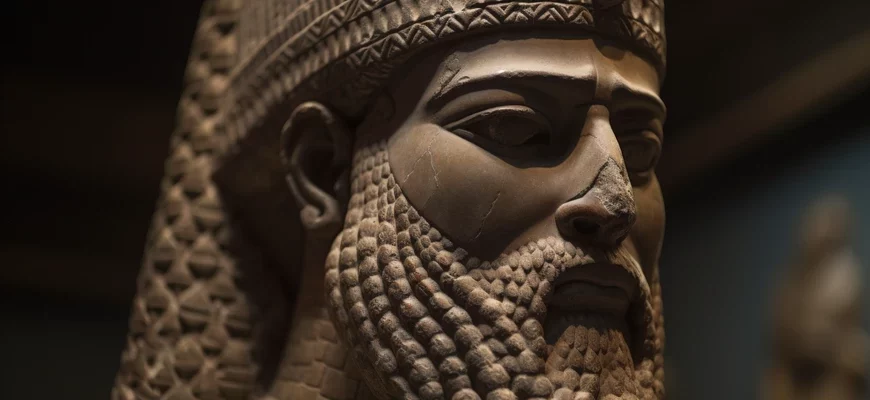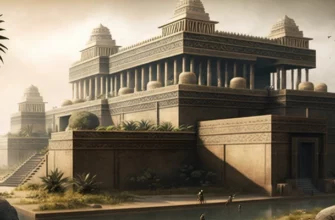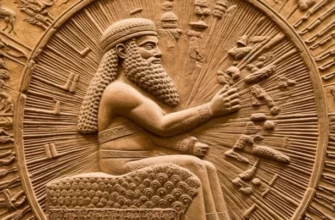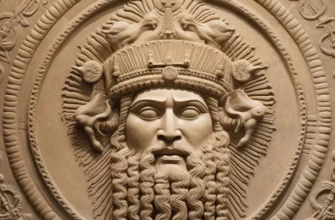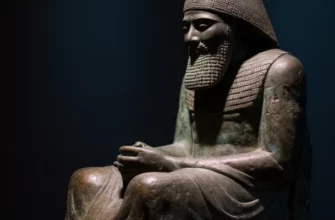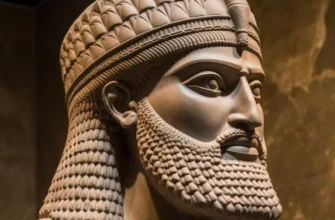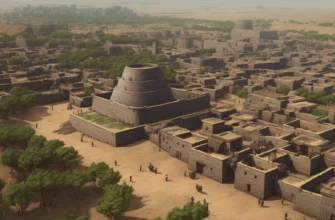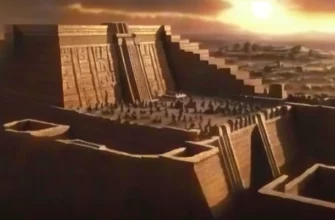The Sumerians were one of the first civilizations to develop in Mesopotamia in the 3rd-2nd millennium BC. They created a complex writing system, developed agriculture and trade, invented the wheel and a system for measuring time. Their religious system was complex, with many gods and myths. Sumerian society had different social classes and a relatively complex political system. Modern scientists are studying the ancient history of this civilization and its influence on the development of other cultures.
The Sumerians are one of the oldest civilizations in the world, which flourished in the territory of modern Iraq in the 3rd-2nd millennium BC. Their name comes from the name of the region of the same name – Sumer, located between the Tigris and Euphrates rivers. According to legend, the first city-state in Sumer was founded by the hero Gilgamesh around 2700 BC. Over time, the Sumerians became known for their achievements in science, art, politics, and other fields. However, due to climate change and other factors, the Sumerian civilization declined around 2000 BC.
Early stages of development
In the early stages of Sumerian development (3rd millennium BC), the first urban centers were formed with a territorial organization from river to river. The first canal systems for irrigation appeared, as well as more complex forms of social organization. During the heyday of Sumerian civilization (2nd millennium BC), a complex writing system was created, urban development work was carried out, and inventions that changed the world (such as the wheel) were made. A systematic record of history appeared, and religion, art, and other areas of culture began to develop. H2: Culture
Religion and Mythology
The Sumerians had a complex religious system with more than 50 gods and goddesses, each of whom played a role in the creation and management of the world. The gods were associated with natural phenomena that the Sumerians observed around them. Particularly important gods were Anu, the god of the sky; Enlil, the god of air and earth; and Inanna, the goddess of love and war. The Sumerians had a developed system of rituals and sacrifices to ensure the well-being of the people and promote good relations with the gods. Myths about gods and heroes told of the creation of the world and events that took place before the dawn of the Age of Man. For example, the myth of Gilgamesh told of a hero who sought to find eternal life and conquer death.
Architecture and Art
Sumerian architecture was characterized by the use of modern materials such as clay and stone and the ability to build large-scale structures. In particular, zigzag temples were erected on high platforms – ziggurats, which served as places for religious rituals and storage of relics. The Sumerians also developed techniques for making ceramics and glass, which were used in the construction and decoration of various objects. Several periods can be distinguished in Sumerian art, each characterized by its own features in decorative and applied arts and sculpture. The most famous examples of Sumerian art are cylindrical seals with embossed images and engravings on the surface, which were used for official documents.
Technology and inventions
The Sumerians were pioneers in many areas of technology and invention. They invented a writing system called cuneiform, which was used to record texts on clay tablets. The Sumerian calendar, which was based on the cycle of full moons and calculated 12 months in a year, became the basis for many similar calendars that are still in use today. The Sumerians also invented the wheel, which greatly facilitated work and transportation of goods, as well as an irrigation system that allowed crops to grow in arid regions. They developed pottery and ceramics, which were used as tableware and other household items. The Sumerians had advanced medicine, they knew about some diseases and ways to treat them, and they used various herbs and plants for medicinal purposes.
Society
Sumerian society was quite complex and hierarchical. They lived in large city-states such as Ur, Uruk, and Nippur, which had complex administrative and military structures. The Sumerians were monotheistic, meaning they believed in one god, but they had many deities, each associated with a particular sphere of life. The supreme deity was Anu, but the most famous was the god-king Gilgamesh, about whom a legend was written. Sumerian society was divided into upper and lower classes, but it was not as divided as in later ancient civilizations. Women in Sumer played an important role in religion and in some areas of the economy, but in general, society was patriarchal, with the main roles assigned to men.
Political system
The Sumerian political system was monarchical, with each local state headed by a lord, or lugal. He was not only a ruler, but also a high priest and chief military commander. The lugal was chosen from the upper echelons of society and had broad powers, including control of the economy, tax collection, and legislative and judicial authority. Similar to modern democratic systems, Sumer had elected representatives of the people who held positions in local councils that assisted the lugal in decision-making. This system allowed for a balance of power between the lugal and the people and contributed to the creation of a stable state structure.
Economy
The Sumerian economy was quite developed and was based on agriculture, cattle breeding, and crafts. The Sumerians developed irrigation systems, which allowed them to increase food production and develop agriculture. Various professions were widespread in the civilization, including blacksmithing, pottery, weaving, glassmaking, and others. Trade also played an important role in their economy, as the Sumerians had important trade routes connecting them to various countries in the Middle East. The Sumerians introduced innovations such as money and weights, which helped to simplify the exchange of goods and preserve their value.
Family and marriage
Family and marriage were important components of Sumerian society. The family structure can be described as patriarchal, with the father of the family having authority over all members of the clan, including his wife and children. The marriage contract between the parents of the bride and groom was usually made by mutual agreement, sometimes in accordance with religious rites. Most marriages were monogamous, but there were also polygamous marriages. The Sumerians considered children to be a gift from God and gave them high status in the family and society.
Legacy and influence
The successors of the Sumerians preserved and developed many of their achievements in science, art, and technology. Many of their inventions and achievements were passed on to subsequent civilizations, such as the Akkadians, Babylonians, Assyrians, and as far west as the Greeks and Romans. The influence of the Sumerians on other civilizations was to transform the technological and cultural landscape of the ancient world, creating well-known writing systems, religious beliefs, and social institutions that have been reflected in the history of many countries to this day.
